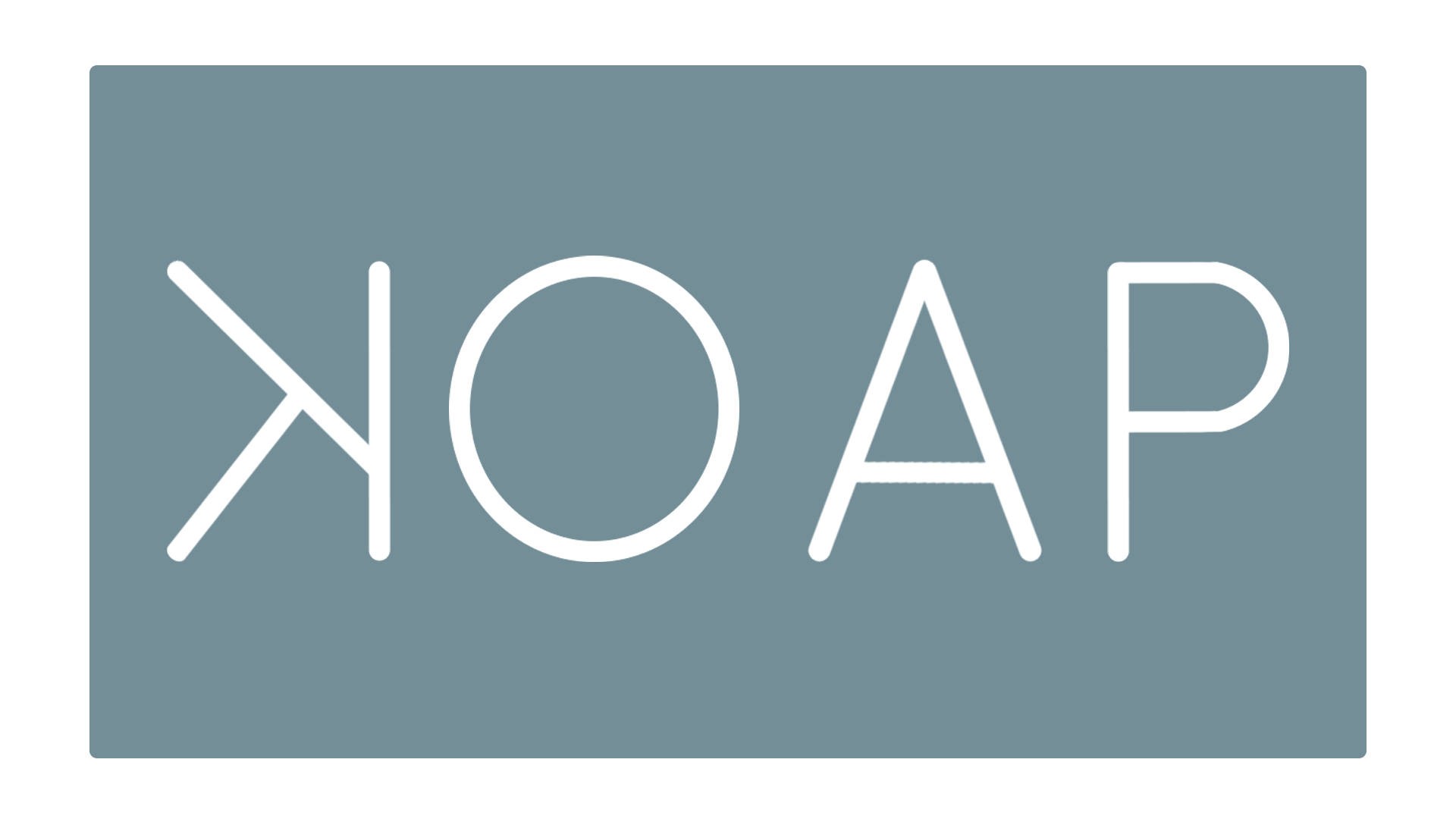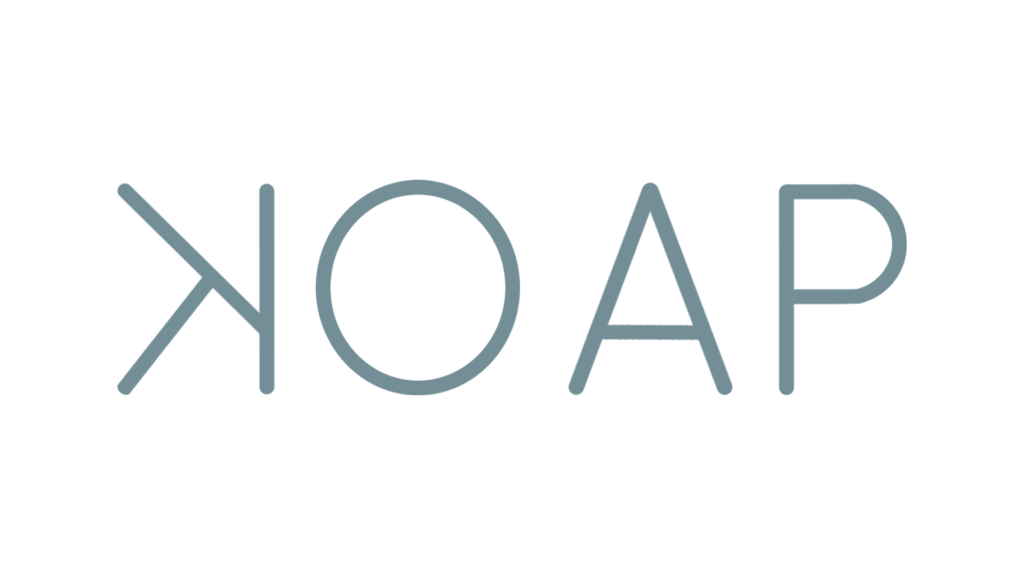“The unit of social intercourse is called a transaction. If two or more people encounter each other… sooner or later one of them will speak, or give some other indication of acknowledging the presence of the others. This is called transactional stimulus. Another person will then say or do something which is in some way related to the stimulus, and that is called the transactional response.”
Dr Eric Berne Games People Play. Grove Press, Inc., New York, 1964
Understanding transactional analysis can help you understand yourself better. It can also help you see more clearly how you interact with others. One of the things that sets transactional analysis apart is the belief that we are each responsible for our own future, regardless of what happened to us in the past. Many people use transactional analysis to change patterns in their lives that feel bad or are not productive. These are usually script patterns based on early decisions made during childhood. Transactional analysis can help you discover elements of your life script and can help you change your patterns. Those early decisions that you made when you were young made a lot of sense at the time, but they may not really make sense at all anymore.
You can change them now and make choices that allow you to be more effective. That is what transactional analysis is all about.
If you see things in yourself that you do not like or that do not serve you well, transactional analysis provides some tools to help you change. For example you could begin to change by deciding, what kind of Parent ego state you would like to have and then practice using and developing that part of yourself. You could also decide what ego state you would like to use more of when speaking to specific people and which one you might want to use less of. By paying attention to different kinds of transactions, you can start to exert some control in conversations to make sure that communication proceeds in an honest, uncomplicated, straightforward way.
Transactional Analysis the Theory
Ego States
Each of our personalities is made up of various parts: the Parent, the Adult, and the Child ego states.
The Parent ego state is a set of thoughts, feelings, and behaviours that are learned or “borrowed” from our parents or other caretakers. The Parent ego state can be divided into two functions. One part includes the nurturing side and can be soft, loving, and permission giving. This is called the Nurturing Parent ego state. It can also set limits in a healthy way. The other side of the Parent ego state is called the Critical Parent. (It is also sometimes called the Prejudiced Parent.) This part of our personality contains the prejudged thoughts, feelings, and beliefs that we learned from our parents. Some of the messages that we hold in our Parent ego state can be helpful in living while other Parent messages are not. It is useful for us to sort out what information we carry around in our heads so we can keep the part that helps us in our lives and change the part that does not.
The Adult ego state is our data processing centre. It is the part of our personality that can process data accurately, that sees, hears, thinks, and can come up with solutions to problems based on the facts and not solely on our pre-judged thoughts or childlike emotions.
The Child ego state is the part of our personality that is the seat of emotions, thoughts, and feelings and all of the feeling state “memories” that we have of ourselves from childhood. We carry around in our Child ego states all of the experiences we have had, and sometimes these childlike ways of being pop up in our grown-up lives. This can be fun when we are in a situation in which it is safe and right to play and enjoy ourselves. It can be a problem when our Child view of the world causes us to distort the facts in a current situation and prevents our Adult ego state from seeing things accurately. The Child ego state can also be divided into two parts: the Free Child ego state (also referred to as the Natural Child) and the Adapted Child ego state (which also contains the Rebellious Child ego state).
The Free Child is the seat of spontaneous feeling and behaviour. It is the side of us that experiences the world in a direct and immediate way. Our Free Child ego state can be playful, authentic, expressive, and emotional. It, along with the Adult, is the seat of creativity. Having good contact with our own Free Child is an essential ingredient for having an intimate relationship.
When we adapt in ways that make us less in touch with our true selves (our Free Child), we decrease the amount of intimacy we are able to have in our lives. The Adapted Child is the part of our personality that has learned to comply with the parental messages we received growing up. We all adapt in one way or another. Sometimes when we are faced with parental messages that are restricting, instead of complying with them, we rebel against them. This becomes our Rebellious Child ego state. This can be seen as an alternative to complying. It is still, however, a response to the parent messages, and so it is a kind of adaptation all its own.
Let’s take a very simple example of a child playing in the sand and look at how the different content develops in the different ego states:
Nurturing Parent: Go ahead, play and have fun!
Critical Parent: Now, don’t you DARE get yourself all messy!
Adult: This sand looks really interesting. I can make a castle.
Free Child: WOW! Look how tall my castle is!!!!!
Adapted Child: I better not get my clothes all dirty.
Rebellious Child: I don’t CARE if I do get dirty! (While dumping a bucket of sand on their head)
How to Tell What Ego State You Are Using
There are several ways to tell what ego state you are (or someone else is) using. Pay attention to tone of voice, body posture, gestures, choice of words, and emotional state. If the tone of voice is soft and soothing, this is a sign that the speaker is using a Nurturing Parent ego state. If, on the other hand, the tone is harsh and critical or threatening, then the speaker is probably using a Critical Parent ego state. An even and clear tone of voice usually comes from an Adult ego state, while an especially cheerful or emotion-laden tone of voice is likely to be coming from the Free Child. The Adapted Child may sound either whiney or like a good girl (or boy) saying just what is expected of her or him.
Similarly, there are gestures that signify that someone is using Parent (the warning, wagging finger), Adult (thoughtful expression, nodding head), or Child (jumping up and down). There are also specific words that tend to come from one ego state more than from the others. The Parent is most likely to use expressions such as “Pay attention now” or “You should always do it this way,” while language belonging to the Adult ego state is likely to sound even-handed (“This information might be useful to you”) or simply factual (“Will you tell me what time it is?”).
The Child is most likely to use short expressive words like “WOW!” “Yeah!” or “Let’s go!” When you pay attention to these behaviours and to how you feel, you will be able to tell what ego state you or someone else is using.
Transactions
An important transactional analysis concept is that of transactions. Transactions are about how people interact with each other, specifically, which ego state in me is talking to which ego state in you. You may have noticed that sometimes communication continues in a straightforward, easy way that seems to go smoothly. But at other times, things seem to get all jumbled up, confusing, unclear, and unsatisfying. An understanding of transactions can help you keep your communication with others as clear as you would like it to be.
Straight transactions (or complementary transactions):
We can diagram simple, straight transactions as shown.
The first example is easy to understand. In the second example the two people are not in agreement, however the communication is clear. Both are examples of straight transactions; the arrows are straight or parallel. When people use straight (or complementary) transactions, communication can continue indefinitely. It is when people cross transactions that communication breaks down.
Crossed transactions:
We can diagram a crossed transaction as shown.
Here we see two different examples in which communication breaks down.
In the first, the respondent comes from a Child ego state instead of Adult, thereby crossing the transaction. The speaker has two options. They can either stay in their Adult ego state or try again to hook the Adult in the responder (“I didn’t mean to rush you. I really just wanted to know the time”), or they can get hooked and move into their Parent ego state and respond that way (e.g., saying angrily, “Why do you have to be so sensitive?”).
In the second example, the respondent comes from a Critical Parent ego state to cross the transaction, and this communication breaks down.
There are many other ways to cross transactions.
When we learn to recognize and differentiate between straight and crossed transactions we increase our ability to communicate clearly with others.
Conversations made up of straight transactions are more emotionally satisfying and productive than conversations that have frequent crossed transactions.
Recognizing ego states and straight and crossed transactions takes time. In the beginning you will need to pay close attention to what is going on both inside yourself and with others. With practice, identifying various ego states and different kinds of transactions becomes second nature.
Complementary and Crossed Ego States
Here are some typical workplace conversations. Decide if the transactions are complementary (i.e. between matching ego states) or crossed (between mismatched ego states).


